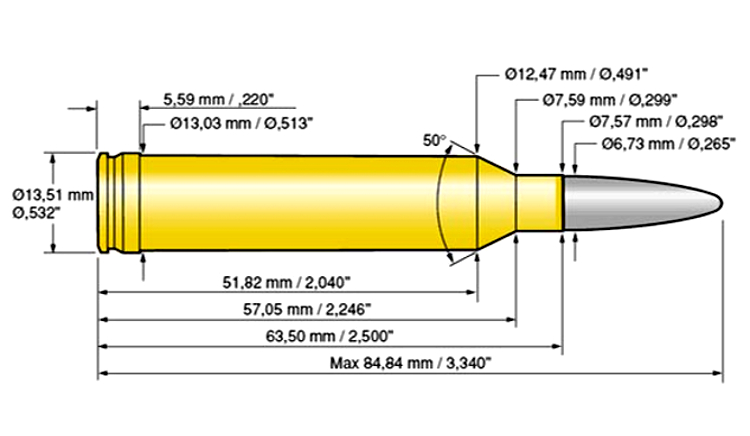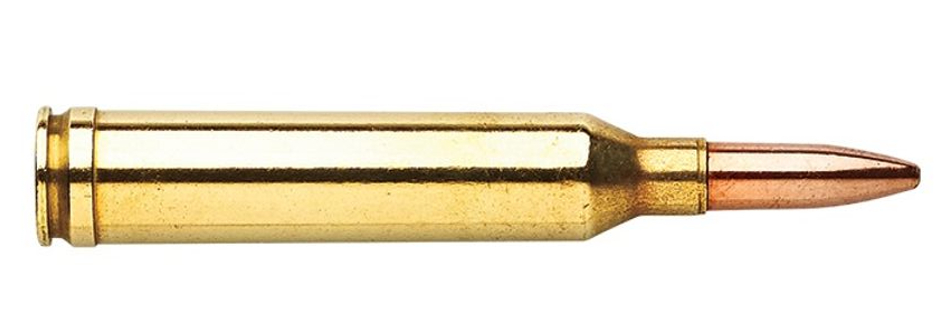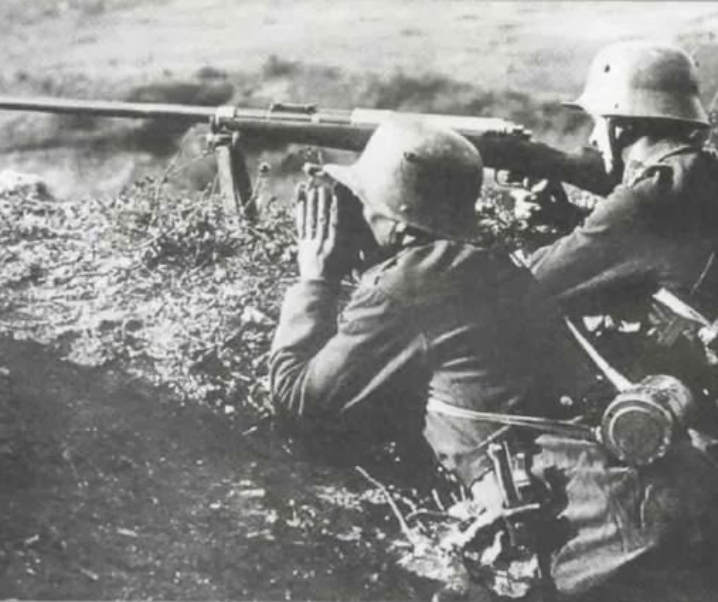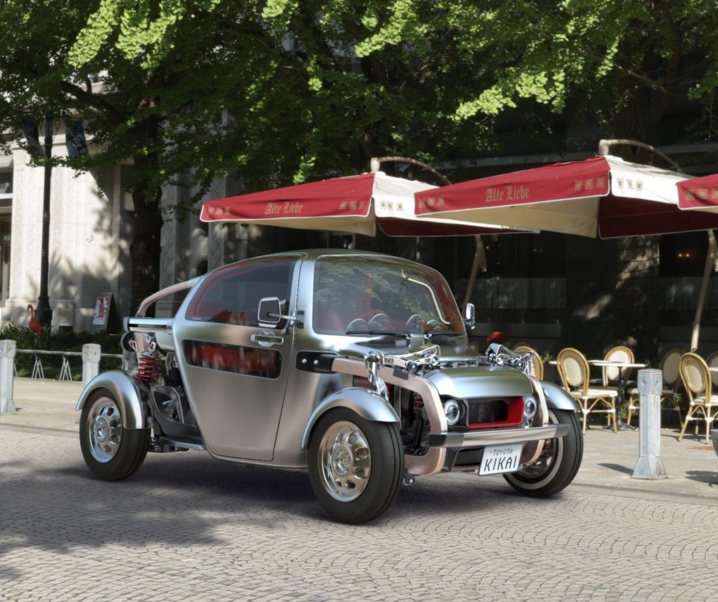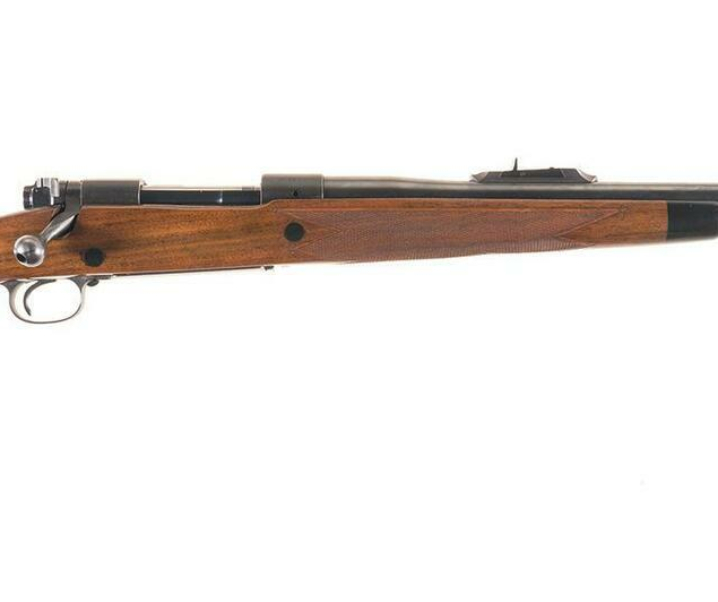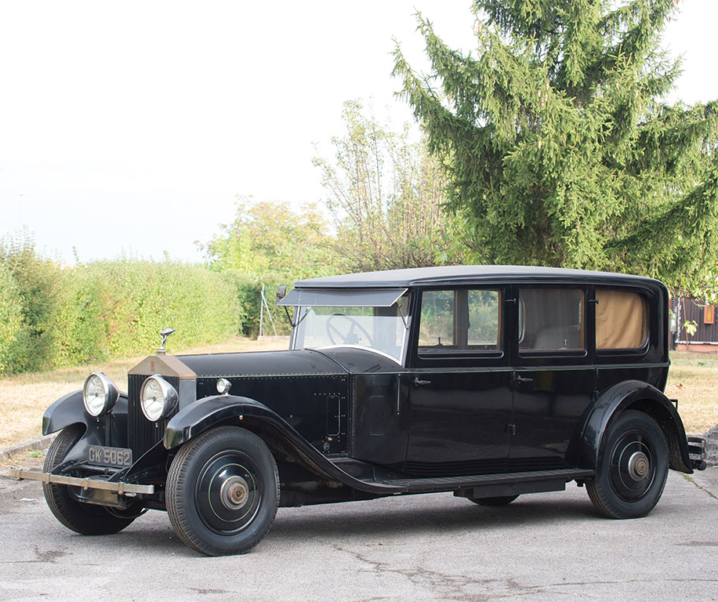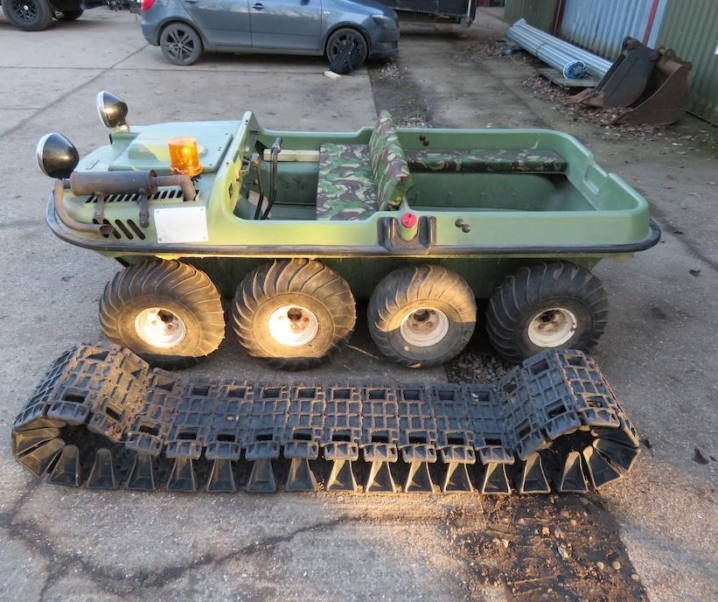The .264 Winchester Magnum is a cartridge that deserved to do better than it did way back in 1959 and 1960 when Winchester unleashed it into dealer’s shops in the form of the Model 70 Westerner. With its 26″ barrel and special two diameter stepped bullet it was claimed to deliver 3,200fps with a 140grain high ballistic coefficient bullet. But we need to remember that back in 1960 not too many hunters were particularly savvy about high ballistic coefficients nor the benefits provided by them. That was the days before computers and the days before you could get onto the Internet and get a computer reading of what long range trajectory curve your .264 Winchester Magnum was delivering.
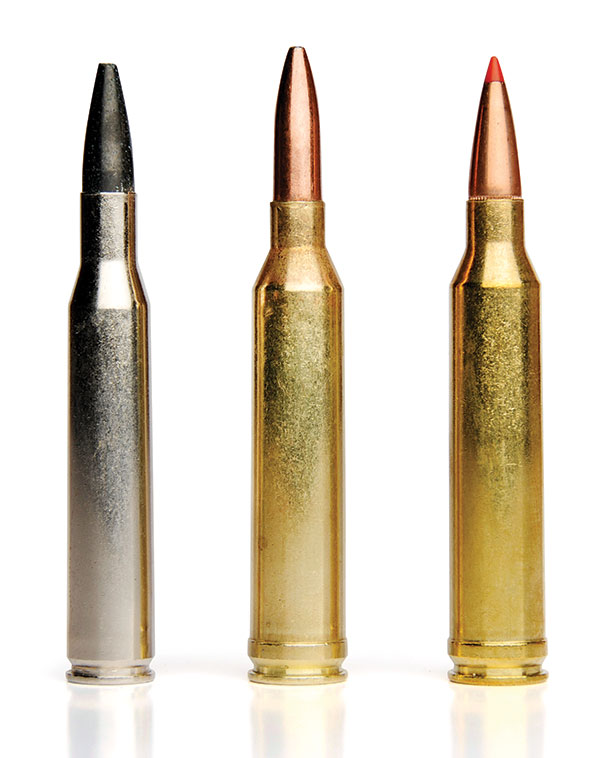
So the .264 Winchester Magnum was released onto the market but its target audience were mostly not able to do the math to find out just how good this little number was. Things are different today and that is part of the reason that we are now seeing an attempt by Nosler to create a high performance .264″ in the form of their .26 Nosler. Those long slender .264″ bullets “fly through the air with the greatest of ease” but are only going to be of advantage to a person who has the ability to do the math, and treat this specialized caliber with the respect it needs in order to deliver its best.
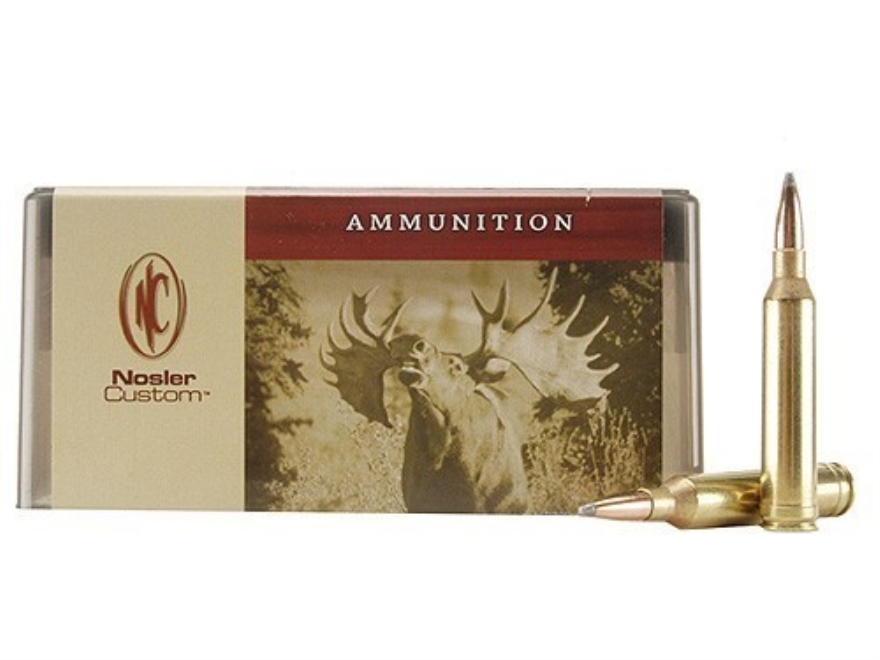
The .264 Winchester Magnum was and still is a very clever design and the reason it was eclipsed by the 7mm Remington Magnum is, I think, because it was too sophisticated a design for the generation of shooters it was marketed to. The .264 Winchester Magnum was provided with two factory loadings; a 100 grain hollow point varmint bullet zipping out of that 26″ barrel at 3,700fps and a 140grain spitzer at 3,200fps for larger game. This was designed to be a specialist long range caliber and the two loadings for it tell us what its expected use was intended to be; long range varmints, and long range big game such as sheep and antelope, and mule deer out where the shots are long. In designing the .264 Winchester Magnum the engineers encountered the problem that a 140grain bullet of conventional design had a very long bearing surface and that this caused pressures to be excessively high in order to obtain the velocities that were desired. The solution to this problem was to reduce the bullet bearing surface to reduce friction. That required the use of a two diameter bullet in which the front section of the bullet was kept at bore diameter so it rode on top of the lands whilst the rear section was groove diameter and engaged the rifling. In doing this the engineers made the chamber suitable for this arrangement which kept the throat shorter than would be desirable for conventional bullets.
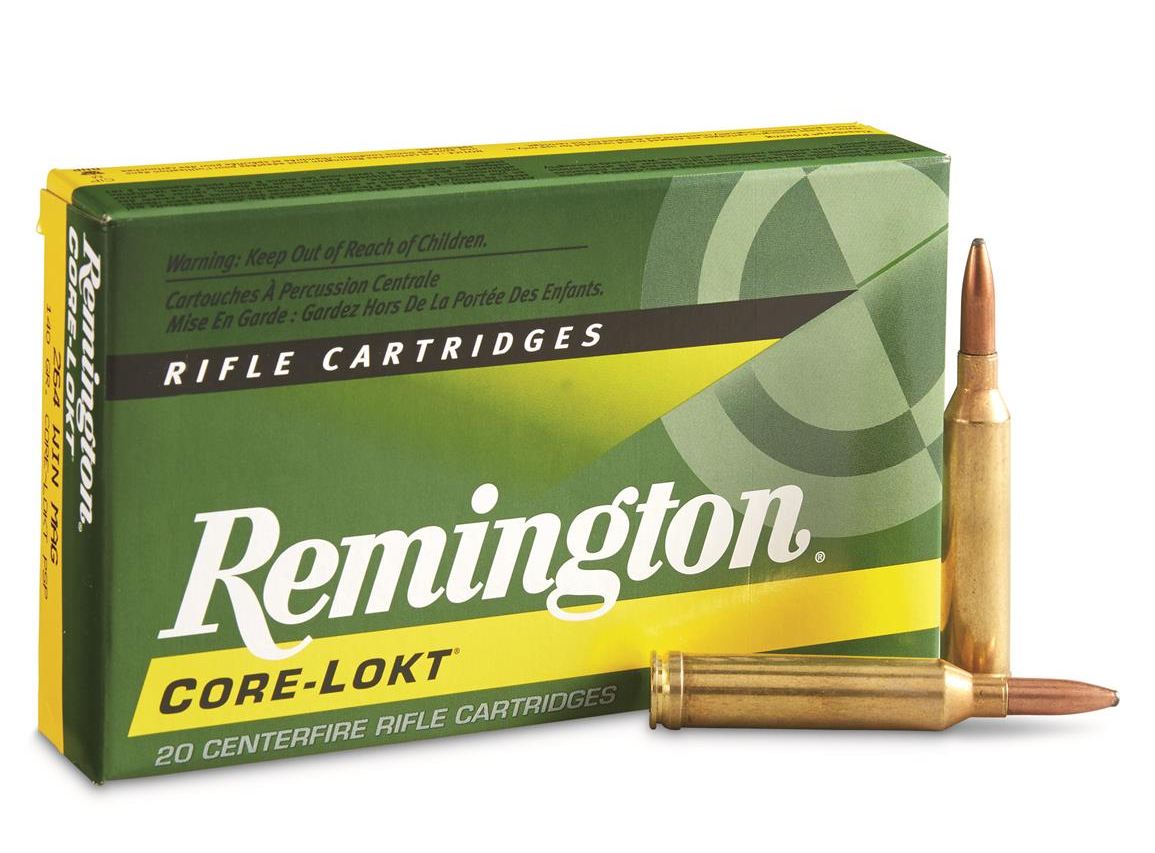
The upshot of this was that if a handloader chose to use conventional design bullets that did not have the two diameter feature then those bullets had to be seated quite deeply into the case, reducing effective case capacity and reducing the velocities that could be attained before excess pressure signs reared their ugly head. Added to this was that the powders generally available to handloaders back then were not capable of delivering optimum performance from the .264 Winchester Magnum. What is needed to get the best out of a .264 Winchester Magnum is a very slow burning powder such as IMR7828. The solution to the problem for a modern owner of a .264 Winchester Magnum who will primarily use handloads in their rifle is to have a competent gunsmith lengthen the throat of your rifle enough so that conventional bullets can be seated out to 3.340″ COAL without being too close to the start of the rifling. This modification is recommended in the Sierra Rifle and Handgun Reloading Data Manual 5th Edition. That being said the modern very high ballistic coefficient .264″/6.5mm bullets may not need that chamber modification because of their ogive shape. Examples of this would be the Berger 140gn VLD Hunting and 140gn Elite Hunter. These two bullets and others like them will likely perform best with the chamber throat left at SAAMI standard.

(Note: for those considering buying a Winchester Model 70 in .264 Winchester Magnum the Model 70 Sporter is currently made in this caliber and Winchester also make their Model 70 Featherweight and Model 70 Extreme Weather SS in .264 Winchester Magnum. Both the Model 70 Sporter and Extreme Weather have full 26″ barrels whilst the Featherweight has a 24″ barrel.)
If you are considering a .264 Winchester Magnum rifle then there are a few things to consider before you slap your hard earned cash on the counter of the local gun shop:-
- The first of these is are you going to handload? In order to get the full benefit from a .264 Winchester Magnum you will have to handload. Current Winchester and Remington factory ammunition for the .264 Winchester Magnum send a 140grain two diameter bullet with a ballistic coefficient of .384 down a 26″ barrel to get to a muzzle velocity of 3,030fps. Both the 7mm Remington Magnum and the .300 Winchester Magnum have factory loads available that significantly out perform that with not much more recoil. The .264 Winchester Magnum is capable of superb performance with the right choice of bullet and powder and it will do it with a modest amount of recoil and acceptable muzzle blast from a 26″ barrel. The cartridge really needs all 26″ of barrel and we don’t recommend less than that. To fully benefit from a powder such as IMR7828 a 26″ tube is needed. For the .264 Winchester Magnum the more you shorten the barrel you will drop down to .270 Winchester ballistics and the .264 with a short barrel will produce a lot of muzzle blast delivering less power than the .270.
- The next question is are you going to keep your shots spaced out enough to allow barrel cooling between shots? The .264 Winchester Magnum has earned a reputation for burning barrels but will give good barrel life if it is allowed to cool for a few minutes between shots. Rapid fire will mean rapid throat erosion. Slow fire will mean slow throat erosion.
- Finally, do you have the patience of Job when it comes to barrel cleaning? A .264 Winchester Magnum is going to need patient cleaning to get all the fouling out between shoots. Expect a cleaning interval of 15-20 shots.
If you are still wanting to go ahead and hand over your cash to the gun shop for a .264 Winchester Magnum having answered “yes” to all those questions then go ahead. You probably won’t regret your choice and that .264 is likely to become a favorite rifle. Sierra’s 140grain SPBT has acquired a well deserved reputation for turning a .264 Winchester Magnum into a veritable “death ray” and it was certainly my bullet of choice in my European equivalent of the .264 Winchester Magnum, the 6.5x68mm, back in the 80’s and 90’s.
To sum up, the .264 Winchester Magnum is an acquired taste. Like the 6.5x68mm it will perform brilliantly as long as it is treated right and fed the right bullets and powder. Recoil is modest, trajectory curve will be flat, and wind bucking ability is up there with the best of them.
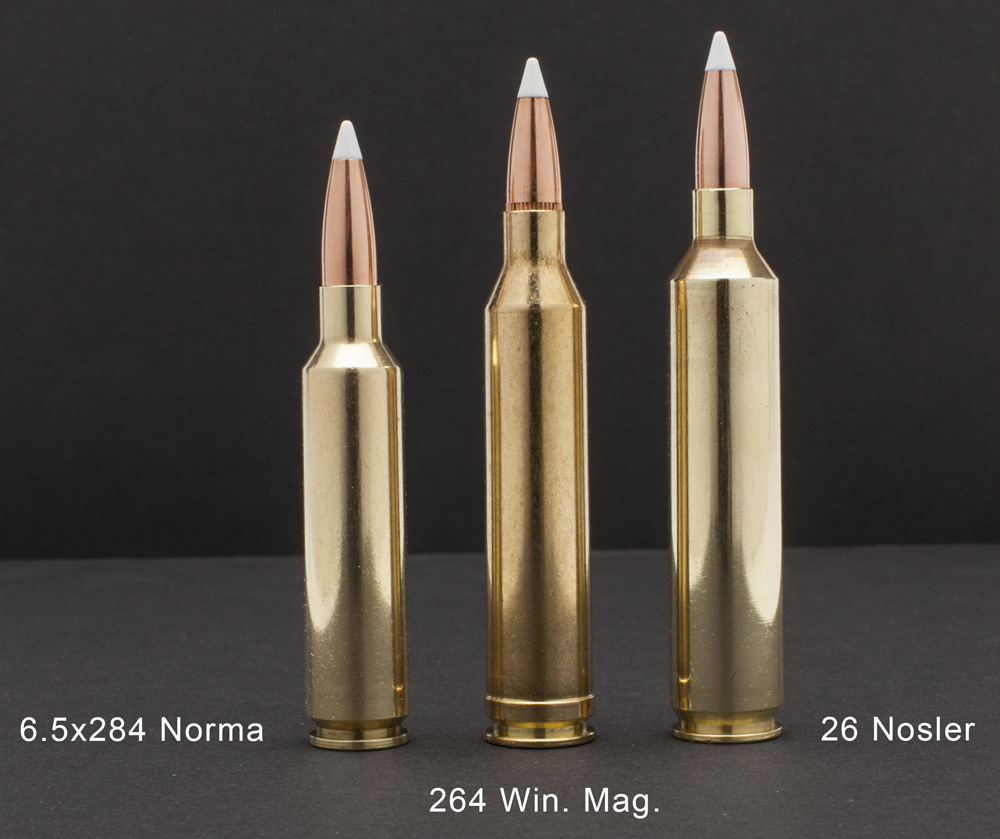
Addendum on Barrel Cleaning
Getting all the copper fouling out of a barrel doesn’t take a lot of effort but does require patience. The Revivaler method is to use old fashioned Hoppes No. 9 and follow these simple steps:
- Wet a loose fitting patch with Hoppes No. 9 and push it through the bore from breech to muzzle, discarding at the muzzle. Leave it to soak for ten minutes or longer and repeat three or four times.
- Wet an aluminum cored nylon bristle brush in No. 9 and work it both ways through the barrel ten or fifteen times – discard at the muzzle.
- Use a fairly tight dry patch and push it through the bore discarding at the muzzle. (I use an old fashioned Parker-Hale roll jag for this with “Forbytoo” 4″x2″ patches or similar).
Repeat this until either you get fed up with doing it or until the wet and dry patches all come through clean. For a heavily fouled bore it will not all come out on the first few attempts. Patience is the important thing. Once you’ve done this a few times over an occasional cup of tea or coffee put the rifle away to soak overnight. I prefer to stand it muzzle down on a pad of tissue. In the morning if you see a green ring on the tissue you’re not finished yet. Repeat the process again and soak overnight again. With something like a .264 Winchester Magnum it can take a week before the happy morning when you lift the rifle off the tissue and find no green ring. If you are patient it will happen, but if the rifle has not had a thorough cleaning for years it might just take more than a week.
For those who do not have the “patience of Job” a faster acting solvent such as Sweets 7.62 or Barnes CR-10 will get results more quickly. However, because both Sweets 7.62 and Barnes CR-10 are ammonia based they should not be left soaking in the barrel for more than about three minutes. Do not soak overnight with Sweets or Barnes. If you decide to use both Hoppes No. 9 for overnight soaking and Sweets or Barnes for active scrubbing be careful to clean out one chemical thoroughly before using the other one. You don’t want to risk their reacting together if mixed.
I prefer to use a bore guide to keep the solvent out of the action and I recommend you do too.
(Feature image at the head of this post courtesy weaponland.ru).

Jon Branch is the founder and senior editor of Revivaler and has written a significant number of articles for various publications including official Buying Guides for eBay, classic car articles for Hagerty, magazine articles for both the Australian Shooters Journal and the Australian Shooter, and he’s a long time contributor to Silodrome.
Jon has done radio, television, magazine and newspaper interviews on various issues, and has traveled extensively, having lived in Britain, Australia, China and Hong Kong. His travels have taken him to Indonesia, Israel, Italy, Japan and a number of other countries. He has studied the Japanese sword arts and has a long history of involvement in the shooting sports, which has included authoring submissions to government on various firearms related issues and assisting in the design and establishment of shooting ranges.

